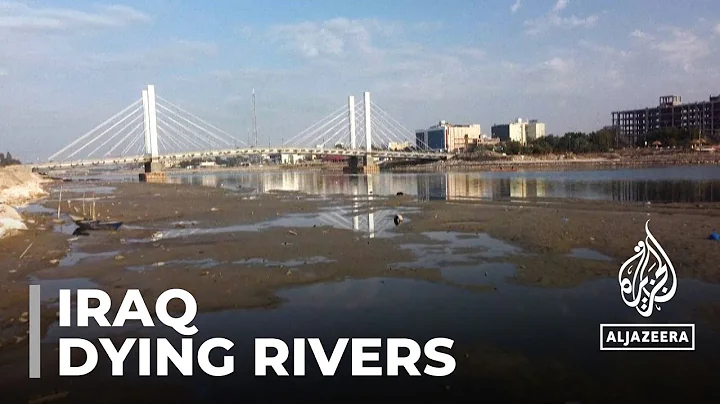According to foreign media reports, due to the extremely dry weather in the area, Iraq the water level of a reservoir has dropped rapidly, and an "underwater city" with a history of 3,400 years has recently surfaced.
It is understood that the archaeological site is called Kemune and was once the Bronze Age city Zakhiku. Zakhku was an important hub of the Mittani Empire, which ruled from 1550 to 1350 BC. Ivana Puljiz, one of the leaders of the project and associate professor of Near Eastern Archeology and Assyriology at the University of Freiburg in Germany, said that the territory of the Mittani Empire stretched from the Mediterranean Sea to northern Iraq.

According to reports, Zahku has been submerged under water since the Iraqi government built the Mosul Dam in the 1980s, and has rarely been seen since. Previously, Zahku briefly "appeared" in 2018, and then was covered by water again. When Pulgiz's team heard about the city's reappearance this year, they rushed to the site and began investigating because they didn't know when water levels would rise again and flood the city. "Because of the huge time pressure, we were digging in freezing temperatures, rain, snow, hail, and even storms because we didn't know when the water was going to rise or how much time we had left," Pulgiz said in an interview.
Currently, researchers have not determined the capital of this prehistoric empire or other relevant information. But researchers say the latest excavations in the ancient city have unearthed a palace and a multi-story warehouse with towers and wall fortifications. It is reported that most structures of ancient city buildings are made of sun-dried mud bricks. These materials usually cannot support the buildings well underwater. Zakhku also suffered an earthquake around 1350 BC, which caused part of the city's walls to collapse.
In addition, archaeologists discovered five ceramic vessels containing more than 100 clay cuneiform tablets dating to the Central Assyrian period between 1350 and 1100 BC. Pfalzner, professor of Near Eastern archeology at the University of Tübingen, said: "It is almost a miracle that cuneiform tablets made of unfired clay can be preserved underwater for decades. I am very excited about these cuneiform tablets. I am curious about the fate of the city revealed behind ." At present, these written materials have not been fully deciphered, but experts speculate that they may be some private documents. Even so, the new findings could shed light on the city's demise and rise.
According to Pulgiz, before the city disappeared underwater again, researchers had wrapped the ruins in tight-fitting plastic sheets to protect the ancient ruins from water erosion. All the artifacts excavated so far are housed in the National Museum of Duhok.
Jiupai News intern reporter Chen Mengting
[Source: Jiupai News]
Statement: The copyright of this article belongs to the original author. If there is an error in the source or infringement of your legitimate rights and interests, you can contact us via email and we will proceed promptly. deal with. Email address: [email protected]





















